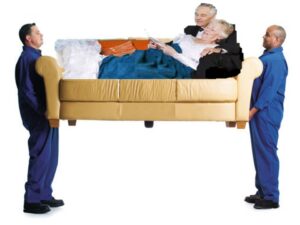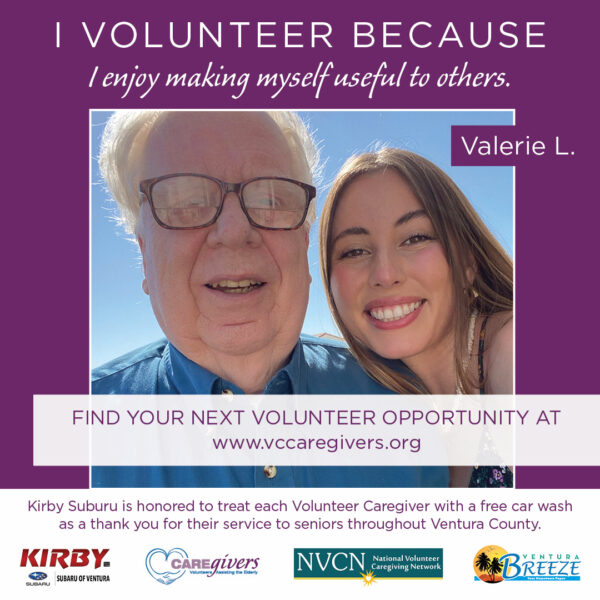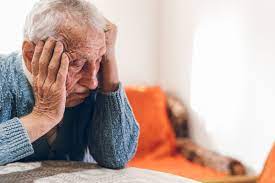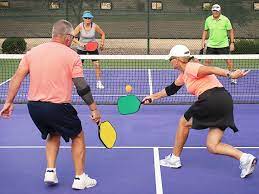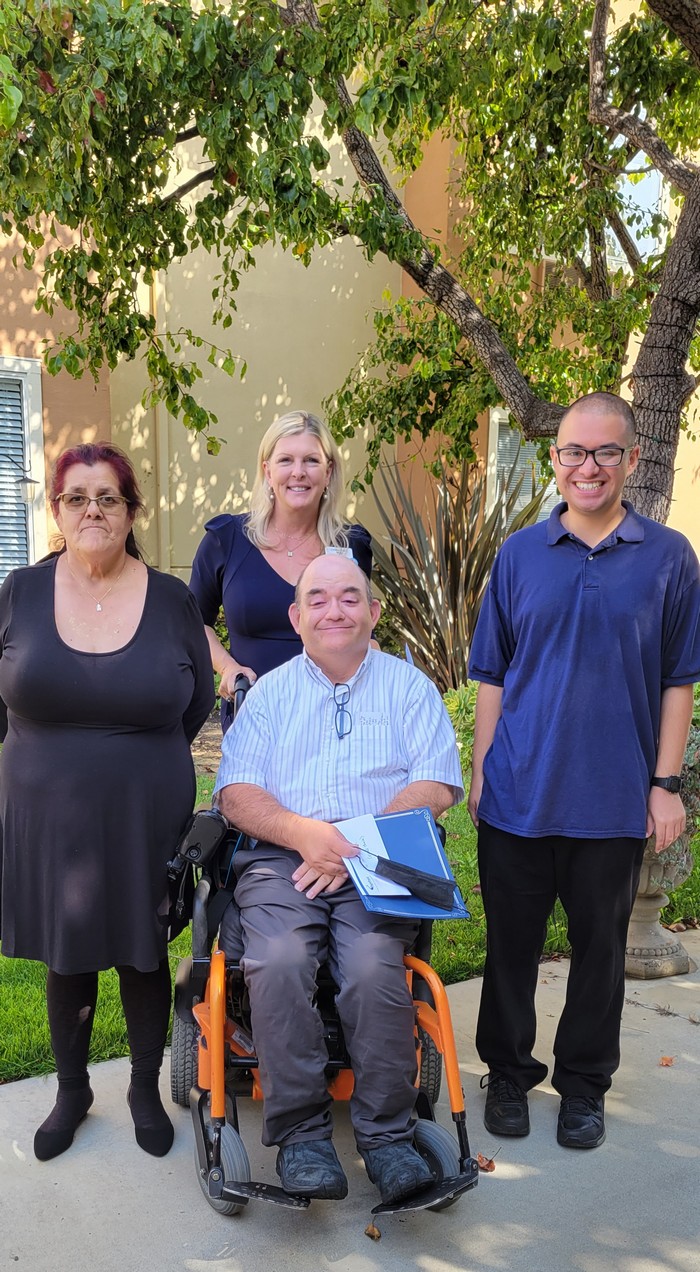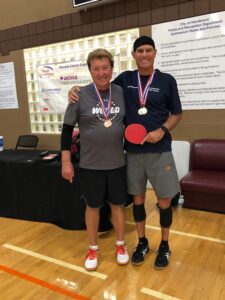Coping with a diagnosis of Lewy body dementia (LBD) and all that follows can be challenging. Getting support from family, friends, and professionals is critical to ensuring the best possible quality of life. Creating a safe environment and preparing for the future are important, too. Take time to focus on your strengths, enjoy each day, and make the most of your time with family and friends. Here are some ways to live with LBD day to day.
Your family and close friends are likely aware of changes in your thinking, movement, or behavior. You may want to tell others about your diagnosis so they can better understand the reason for these changes. For example, you could say that you have been diagnosed with a brain disorder called Lewy body dementia, which can affect thinking, movement, and behavior, and that you will need more help over time. By sharing your diagnosis, you can build a support team to help you manage LBD.
As LBD progresses, you will likely have more trouble managing everyday tasks such as taking medication, paying bills, and driving. You will gradually need more assistance from family members, friends, and perhaps professional caregivers. Although you may be reluctant to get help, try to let others partner with you so you can manage responsibilities together. Remember, LBD affects your loved ones, too. You can help reduce their stress when you accept their assistance.
Finding someone you can talk with about your diagnosis — a trusted friend or family member, a mental health professional, or a spiritual advisor — may be helpful.
LBD causes changes in thinking and movement that can lead to safety issues. Consider these steps:
Fill out and carry the LBD Medical Alert Wallet Card and present it any time you are hospitalized, require emergency medical care, or meet with your doctors. It contains important information about medication sensitivities.
Consider subscribing to a medical alert service, in which you push a button on a bracelet or necklace to access 911 if you need emergency help.
Address safety issues in your home. Consider areas of fall risk, poor lighting, stairs, or cluttered walkways. Think about home modifications that may be needed, such as installing grab bars in the bathroom or adding stairs with ramps. Ask your doctor to refer you to a home health agency for a home safety evaluation.
Talk with your doctor about LBD and driving. Have your driving skills evaluated, if needed.
There are many ways to plan ahead after a diagnosis of LBD. Here are some things to consider:
Start conversations early. Soon after your diagnosis, start conversations with your family and doctors about the care you’d like to receive in the future.
If you are working, consult with a legal and financial expert about planning for disability leave or retirement. Symptoms of LBD will interfere with work performance over time, and it is essential to plan now to obtain benefits you are entitled to.
Consult with an attorney who specializes in elder law or estate planning to help you write or update a living will, health care power of attorney, will, and other documents.
Identify local resources for home care, meals, and other services before you need them.
Explore moving to a retirement or continuing care community where activities and varying levels of care can be provided over time, as needed. Ask about staff members’ experience caring for people with LBD.
Despite the many challenges and adjustments that come with an LBD diagnosis, you can have moments of love, humor, tenderness, and gratitude with the people closest to you. Your attitude can help you find enjoyment in daily life.
Make a list of events and activities you can still enjoy — then find a way to do them! For example, listen to music, exercise, or go out for a meal with family and friends. If you can’t find pleasure in daily life, talk with your doctor or another health care professional about effective ways to cope. Let your family know if you are struggling emotionally so they can offer support.
For more information about living with Lewy body dementia
NIA Alzheimer’s and related Dementias Education and Referral (ADEAR) Center
800-438-4380
